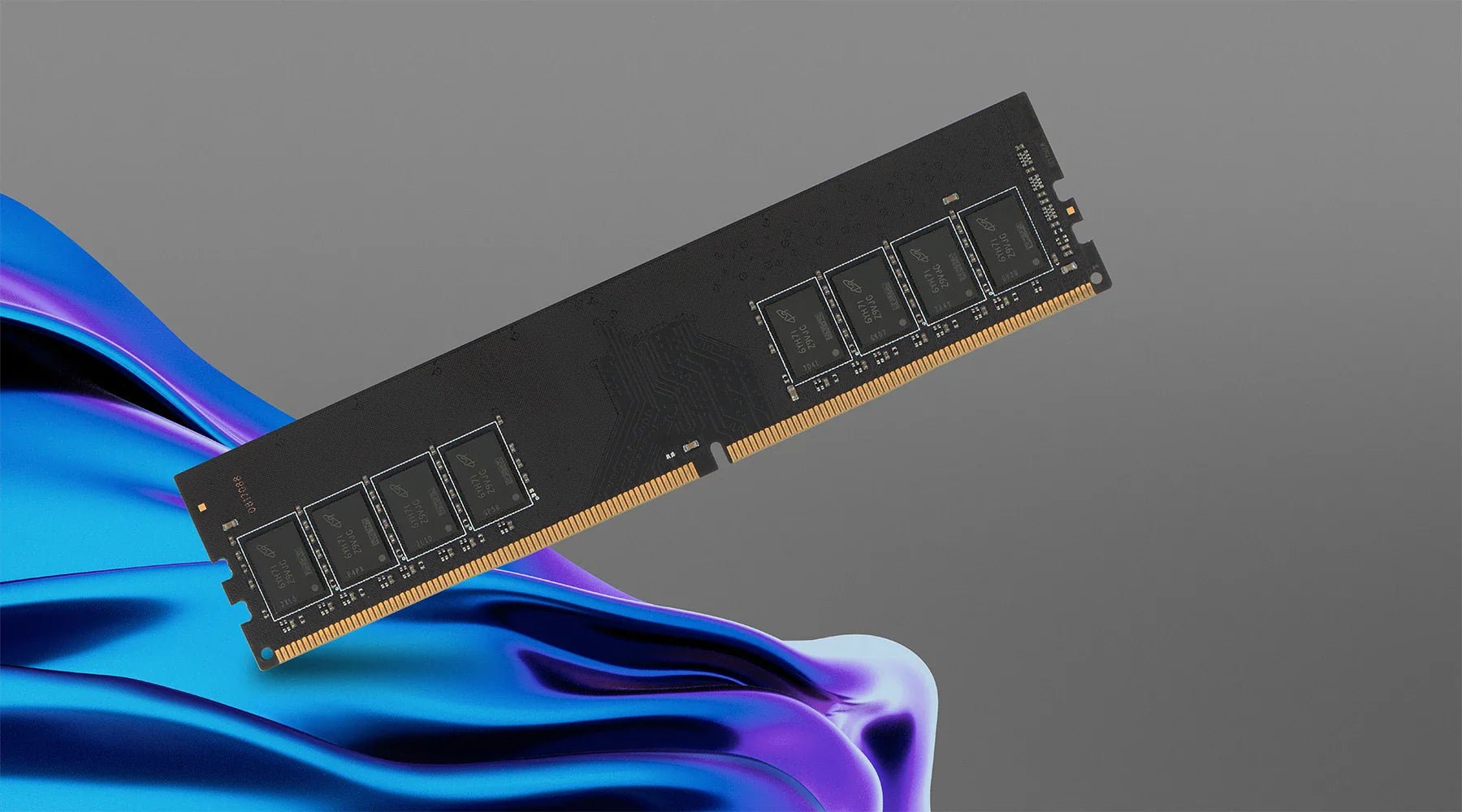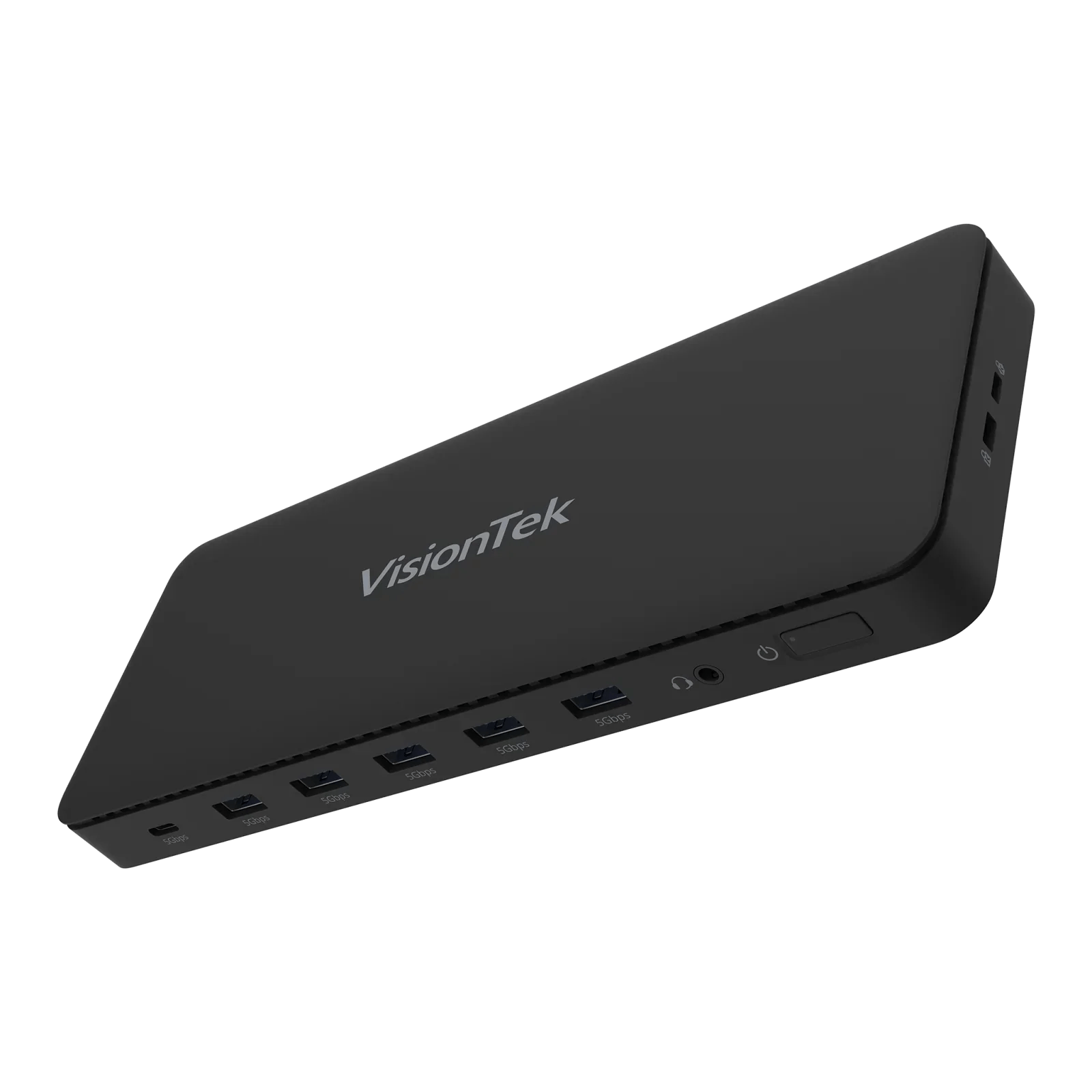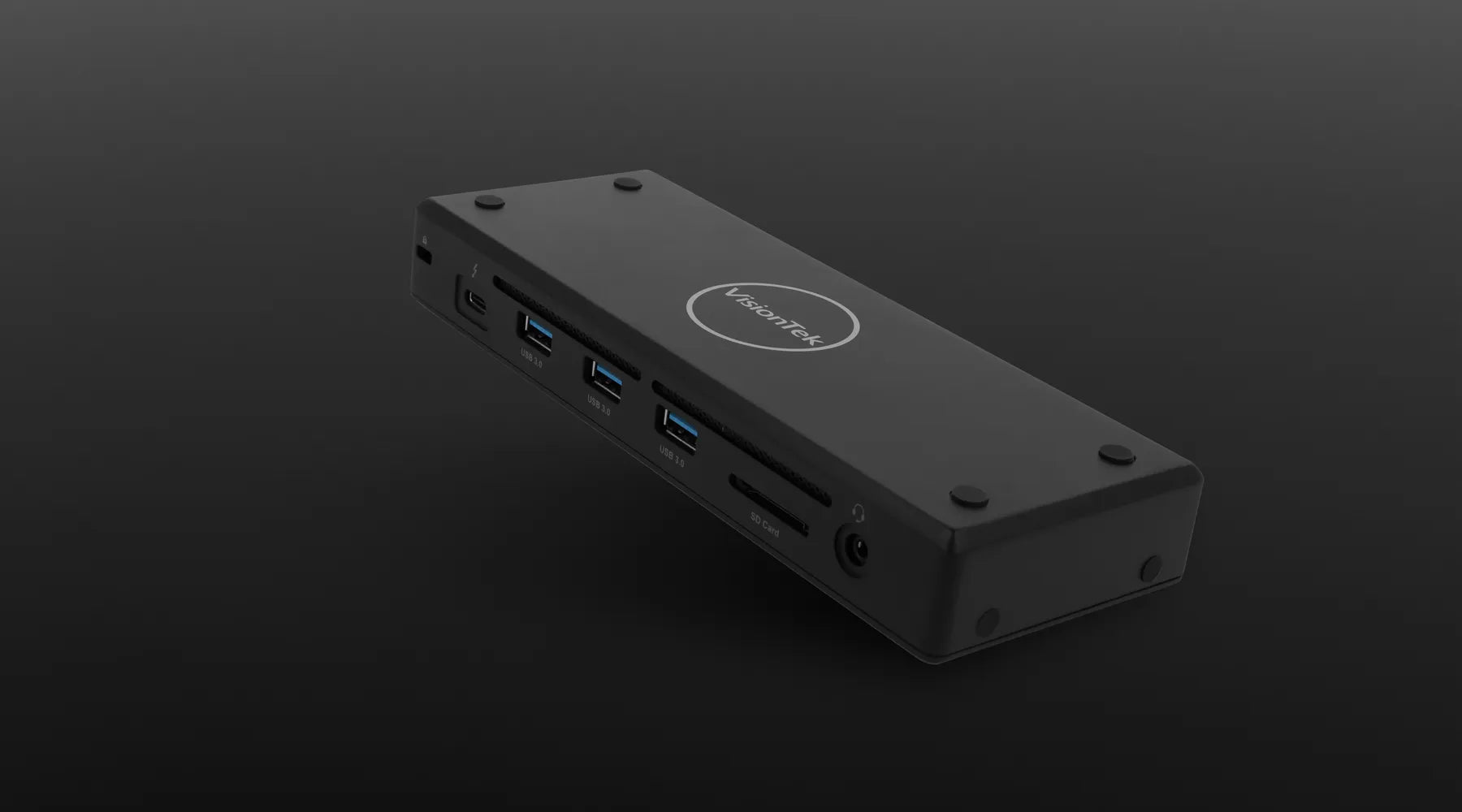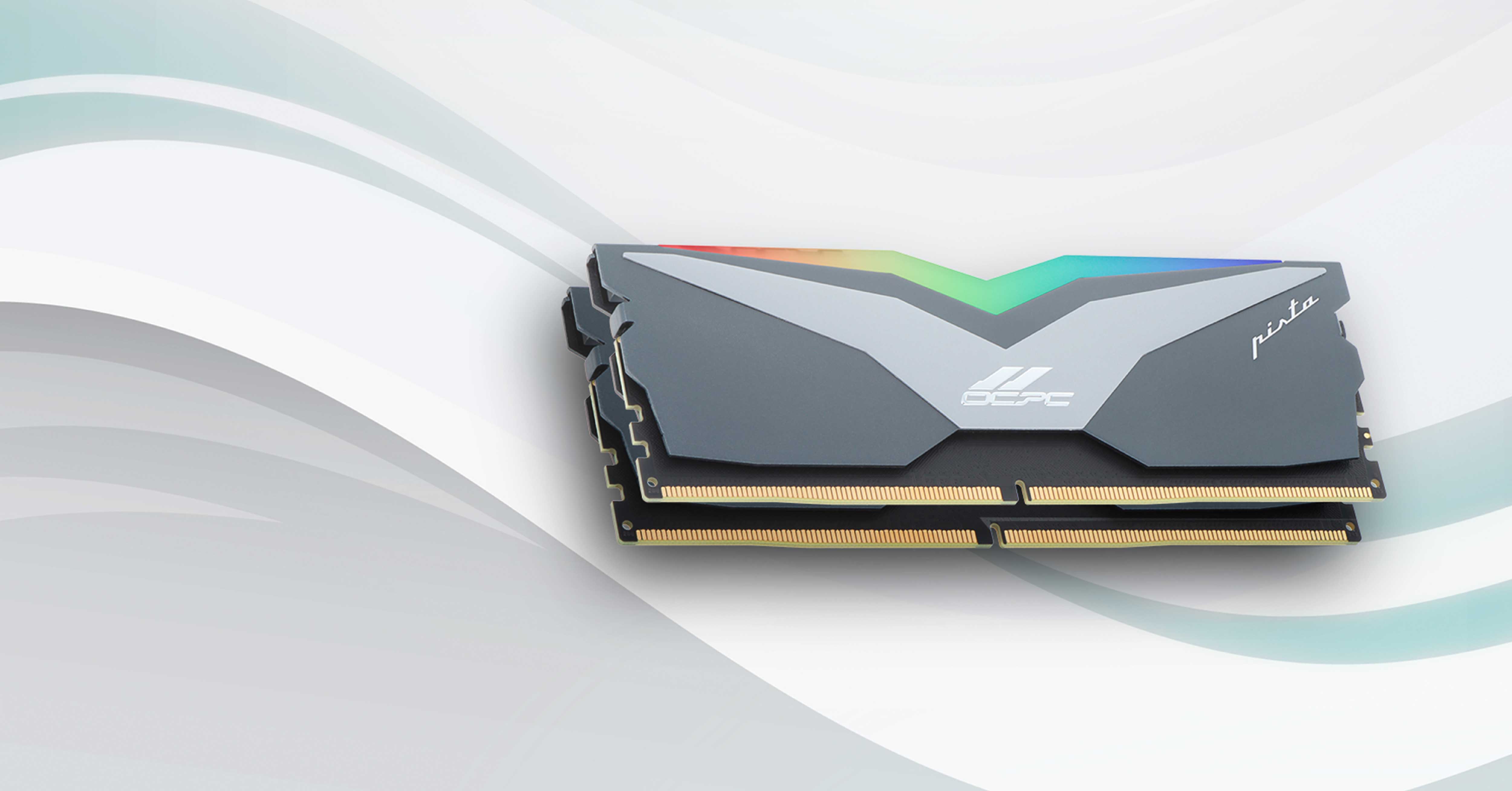When it comes to upgrading your PC's memory, one term you will frequently encounter is DDR, which stands for Double Data Rate. DDR memory is a type of RAM that has become the standard in modern computing due to its efficiency and performance benefits. Here's a closer look at what DDR memory is and why it matters for your PC setup.
PC Internal Clocks – Quick Background Knowledge
A computer's internal clock is like a metronome that keeps the system in sync. It sets the pace for how quickly the computer processes information by generating a series of pulses or beats. These pulses are measured in cycles per second, known as Hertz (Hz).
The clock controls the timing of many processes in the computer, including how the CPU (central processing unit) and memory communicate. Each pulse of the clock tells the computer when to start or stop a task, like reading data from memory or writing data to it.
Memory, like DDR, uses these clock pulses to know when it can send or receive data. For example, older memory types (like SDR) would move data once per clock cycle, meaning only during the "up" part of the pulse. However, DDR memory is more efficient because it can move data twice per cycle: once during the "up" part and once during the "down" part. This effectively doubles the speed at which data is moved without making the clock itself faster. In summary, the internal clock helps keep everything running in a coordinated way and tells the memory when it can transfer data, ensuring smooth and efficient operation in your computer.
What is DDR Memory?
DDR memory refers to a class of memory integrated circuits used in computers. It operates by transferring data on both the rising and falling edges of the clock signal, effectively doubling the data rate without increasing the frequency of the clock. This is what gives DDR memory its name and its performance advantage over older Single Data Rate (SDR) memory.
Evolution of DDR Memory
DDR memory has evolved through several generations, each bringing significant improvements in speed, bandwidth, and efficiency:
DDR (DDR1):
The first generation of DDR memory, introduced in the early 2000s, was a revolutionary step forward from the preceding SDR (Single Data Rate) memory. DDR1 offered speeds of up to 400 MHz, effectively doubling the bandwidth compared to SDR. This advancement allowed for more efficient data handling and better overall system performance, making it a popular choice for early 2000s PC builds. However, it was still limited by relatively high power consumption and heat output, which prompted further innovations in memory technology.
DDR2:
Launched in 2003, DDR2 memory improved upon DDR1 by doubling the data rate while significantly reducing power consumption and heat output. DDR2 operated at speeds up to 800 MHz, making it twice as fast as DDR1, and offered enhanced performance in multitasking and gaming. Its lower voltage requirement (1.8V compared to DDR1’s 2.5V) also contributed to its popularity in both desktop and laptop PCs, as manufacturers sought to balance power efficiency with performance.
DDR3:
Introduced in 2007, DDR3 represented another leap forward in memory technology. With speeds ranging from 800 MHz to 2133 MHz, DDR3 provided a significant boost in data transfer rates, enabling more demanding applications and higher resolution graphics. Additionally, DDR3 further reduced power consumption with a standard operating voltage of 1.5V, making it more energy-efficient than its predecessors. The introduction of triple-channel architecture in some high-performance motherboards also maximized DDR3’s potential, offering even greater bandwidth and performance for gaming and professional applications.
DDR4:
Currently the most widely used generation, DDR4 has been the go-to memory for new PC builds and upgrades since its release in 2014. DDR4 offers speeds starting from 2133 MHz up to 3200 MHz and beyond, with the potential for even higher frequencies in enthusiast-grade modules. Alongside its speed improvements, DDR4 also features increased density, allowing for larger memory modules (up to 128GB per stick in some cases) and improved power efficiency, operating at just 1.2V. These enhancements make DDR4 ideal for gaming, video editing, and other resource-intensive tasks, providing a balanced combination of speed, capacity, and efficiency.
DDR5:
The latest generation, DDR5, is now entering the mainstream market, bringing unprecedented performance gains. With base speeds starting at 4800 MHz and the potential to reach up to 8400 MHz or higher, DDR5 offers significantly more bandwidth than DDR4, making it suitable for next-gen gaming, AI, and data-intensive applications. DDR5 also introduces advanced error correction and improved power management, with operating voltages as low as 1.1V. These innovations not only enhance system performance but also improve stability and reduce the likelihood of data corruption, making DDR5 an attractive option for both enthusiasts and professionals looking to future-proof their systems.
Why DDR Memory is Important
The type and amount of DDR memory in your PC significantly impact its overall performance. Here's why DDR memory is crucial:
1. Speed and Performance:
Higher DDR speeds translate to faster data processing, reducing lag and improving the responsiveness of applications. This is particularly important for gaming, video editing, and other resource-intensive tasks. With higher speeds, DDR memory can handle more operations per second, leading to smoother gameplay, faster rendering times, and an overall better user experience. For those working with large datasets, high-speed DDR memory ensures quick access and manipulation of data, which can be critical in fields like scientific research, financial analysis, and machine learning.
2. Bandwidth:
Increased bandwidth allows for more data to be transferred simultaneously, which is essential for multitasking and running complex applications smoothly. Higher bandwidth enables your CPU and GPU to access the data they need without bottlenecks, resulting in more efficient operation and reduced latency. This is particularly important for systems running multiple virtual machines, extensive simulations, or high-resolution graphics rendering, where data flow can become a significant limiting factor if the memory bandwidth is insufficient.
3. Power Efficiency:
Newer generations of DDR memory are designed to be more power-efficient, meaning they consume less power while delivering better performance. This is beneficial for both desktops and laptops, extending battery life and reducing heat output. Efficient power usage also translates to less strain on the system’s power supply and cooling solutions, potentially leading to longer system longevity and reduced operational costs, especially in environments where energy efficiency is a priority.
Choosing the Right DDR Memory for Your PC
When upgrading your PC's memory, consider the following factors to ensure you choose the right DDR memory:
Compatibility:
Check your motherboard's specifications to determine which DDR generation it supports. Upgrading to a higher DDR generation than your motherboard supports will not work.
Speed:
Choose a memory speed that matches your needs. For gaming and high-performance tasks, opt for higher speeds (3200 MHz and above). For general use, speeds around 2133-2666 MHz are typically sufficient.
Capacity:
Determine how much RAM you need based on your usage. Gamers and professionals may require 16GB or more, while 8GB is generally sufficient for everyday tasks.
VisionTek DDR Memory Solutions
VisionTek offers a range of high-performance DDR memory solutions to meet the needs of various users. Whether you're a gamer, a professional, or a general user, VisionTek has the right memory to enhance your PC's performance.
Ideal for gamers and professionals who demand the highest performance, this DDR5 module provides the speed and bandwidth needed for next-gen applications. Experience the future of computing with unmatched data transfer rates and power efficiency.
High-Speed Performance: With speeds starting at 4800 MHz, this DDR5 RAM is designed for extreme multitasking, gaming, and creative workloads.
Enhanced Bandwidth: Significantly higher bandwidth compared to DDR4, allowing for smoother operation in data-heavy applications.
Power Efficiency: Improved power management and lower voltage requirements, which reduce energy consumption while maintaining peak performance.
Shop DDR5 and other Desktop Memory Modules
VisionTek DDR3 1600 MHz RAM:
Perfect for older systems or budget builds, this DDR3 module delivers reliable performance and efficient multitasking. A great choice for users who need to upgrade their existing system without breaking the bank.
Reliable Performance: Operating at 1600 MHz, this DDR3 memory ensures stable and consistent performance for everyday computing tasks.
Compatibility: An excellent upgrade for older systems, offering improved responsiveness without requiring a complete system overhaul.
Cost-Effective Solution: Offers an affordable way to extend the life of existing systems, perfect for general usage and light multitasking.
Shop TAA Compliant DDR3 Memory
VisionTek 2280 DLX3 M.2 SSD - 1TB
Speed up your system with VisionTek’s high-performance NVMe SSD, offering read speeds of up to 3300MB/s and write speeds of 2900MB/s. Ideal for gamers, professionals, and anyone needing fast data access and improved system responsiveness.
Blazing Fast Speeds: Read speeds up to 3300MB/s and write speeds up to 2900MB/s ensure rapid boot times, quick file transfers, and smooth operation of applications.
Advanced NVMe Technology: Leveraging the power of PCIe Gen 3.0 x4 NVMe, this SSD offers superior performance compared to traditional SATA-based SSDs.
Compact and Reliable: The M.2 2280 form factor allows for easy installation in a wide range of devices, while its robust design ensures reliability even under heavy use.
Upgrading your DDR memory and SSD can significantly improve your PC's performance, making it faster and more efficient. For more information on VisionTek's memory solutions and how they can benefit your setup, visit the VisionTek Memory Product Collection and our SSD Collection to explore our comprehensive range of products.





Share:
A Quick Guide to USB Port Symbols, Logos, and Icons
Compliance Best Practices for Government Procurement: A Guide for Tech Buyers